I am trying to measure average current draw of low-duty cycle, low current devices.
For example, a Bluetooth Low-Energy device might draw 16 mA during the radio transmissions (for a millisecond or so), and background / idle current at other times, say 3 uA.
These transmissions happen infrequently. So taking a current reading with a DMM that updates once per second gives wrong readings, because the DMM does not have a proper anti-alias filter, so the reading depends on whether one or two radio transmissions happened during the DMM's sampling period.
To measure this current I have been using a custom-designed circuit, an external shunt with an RC across it, where the RC is set to several seconds. Then I measure across the "C" on a low-voltage range of a voltmeter.

Are there any ammeters with proper anti-alias filtering? I have tried Keithley sourcemeters and HP34401 meters, and neither will do it. (The Keithley has a triggered current measurement mode, which at least gives a stable reading, but this won't give an accurate average reading.)